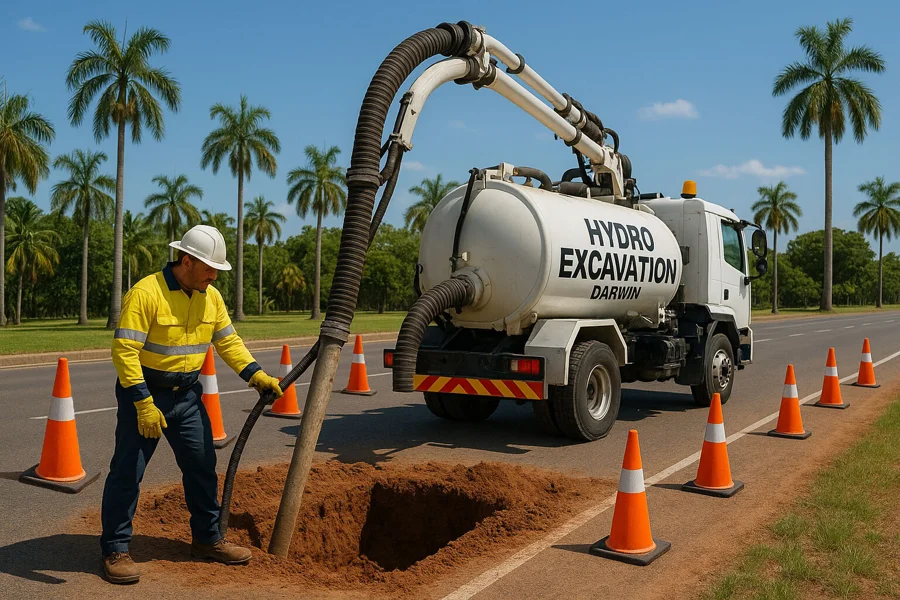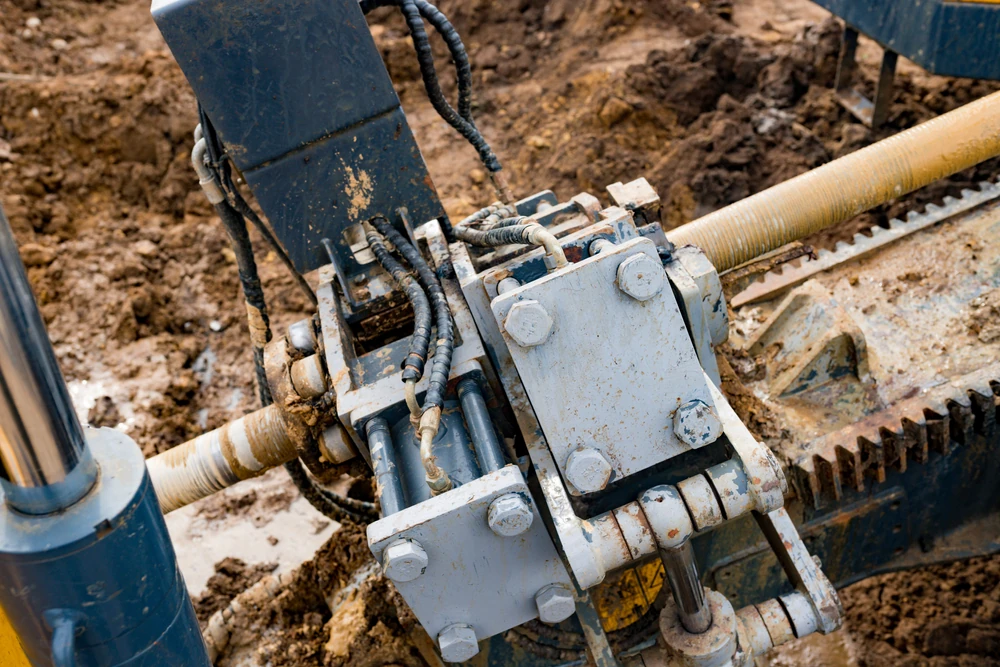Now Also operating from our new yard in Alice Springs. Our address is 3/31 Elder Street Ciccone 0870.
Directional Drilling Project Workflows: From Site Survey to Final Inspection
October 22, 2025
Every successful underground infrastructure project begins with planning and precision. Our team at JSM Civil handles every directional drilling workflow with care, from the earliest assessments to the final inspection, ensuring that every step meets the highest standards of efficiency and safety. The process is more than just a technical operation, as it is a well-orchestrated workflow that combines accurate site surveys, advanced technology and reliable communication across teams.
Directional drilling has become a preferred approach for underground installation due to its minimal disruption and accuracy. The workflow involves multiple interconnected stages that require clear coordination between engineers and the crew onsite. Each phase is guided by safety regulations and the latest drilling innovations that guarantee a dependable outcome.

Every directional drilling workflow begins with a detailed planning phase where the focus is on minimising risks before any ground disturbance occurs. This phase often incorporates hydro excavation, a non-destructive method that safely exposes existing underground utilities. Integrating this technique early ensures that the project can move forward with confidence and accuracy. Proper coordination during this stage sets the tone for the efficiency of the entire operation.
Before drilling starts, it is vital to confirm the exact position of underground services such as telecommunications and gas lines. Hydro excavation is used to identify these utilities without damaging them, reducing costly risks and delays.
Entry and exit pits play a crucial role in ensuring a controlled drill path from start to finish. Their dimensions, alignment and stability are vital for maintaining bore accuracy and equipment safety. Proper pit preparation also allows smooth product pipe installation and backfill after the operation.
Understanding the terrain and ground composition is a key step before commencing drilling activities. Environmental assessments determine the best drilling fluid mix, equipment selection and bore path design. These evaluations also ensure compliance with environmental protection standards.
Once planning is finalised, the on-site phase begins, supported by a combination of cutting-edge technology and expert coordination. The goal during this stage is to maintain precision and efficiency throughout the drilling operation. By leveraging digital mapping tools and real-time monitoring with seamless communication systems, on-site teams can make fast and accurate adjustments to any challenges that arise.
Modern drilling operations rely heavily on technology for guidance and accuracy. Digital mapping and tracking allow operators to maintain precise control of the drill head’s position underground. Real-time monitoring tools help detect pressure changes, alignment shifts or potential hazards immediately.
Clear communication and well-defined team roles are essential to the smooth execution of drilling projects. Every machine operator and safety supervisor onsite must have access to real-time updates and project data. This coordination ensures that all decisions are made quickly and accurately.
Equipment reliability is the foundation of a successful drilling operation. Regular maintenance and pre-operation inspections prevent mechanical failures and reduce downtime. Proper training also ensures that operators understand how to handle equipment safely and efficiently.
After the drilling phase is complete, attention turns to verifying quality by documenting the process and restoring the site to its original condition. These final stages ensure that the installation meets technical specifications and safety regulations. Inspection and documentation not only confirm compliance but also serve as an essential record for future maintenance and audits.
Compliance verification is one of the most important steps in any drilling workflow. It ensures that the project meets engineering standards and safety requirements. A thorough handover process confirms that all stakeholders are satisfied with the final installation.
The completion of the bore does not mark the end of site activity. Hydro excavation is often used again for final backfilling and clean-up, providing a controlled way to compact soil without damaging installed lines. This final touch ensures a stable and professional restoration.
Restoring the site after drilling maintains environmental responsibility and local community satisfaction. It also reflects the project’s commitment to safety and sustainable practices. Proper restoration ensures that all disturbed areas are returned to their pre-work condition or better.ƒ
Directional drilling projects demand technical skill and attention to environmental and safety standards. JSM Civil ensures that every phase is carried out with precision and integrity (this includes planning with hydro excavation and post-drilling inspections). The result is a reliable underground installation process that prioritises efficiency and sustainability.
By combining advanced technology with skilled professionals and thorough documentation, JSM Civil continues to set high standards in underground construction. Each project is handled with the confidence that comes from years of expertise and a commitment to excellence from start to finish.
